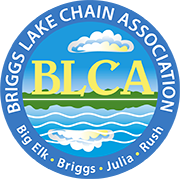Please also see:
- Aquatic Invasive Species (AIS)
- Aquatic Invasive Plants (Curly-leaf Pondweed, Eurasian Watermilfoil)
- Invasive and Harmful Species
Cold weather may control recent invasive Golden Clam.
In the summer of 2020, volunteers with a statewide monitoring event found two small yellow/brown clams at the public boat access on Briggs Lake. Recent findings indicate they may be “dying off” from cold weather!
(see 2023 report below)
The golden clam (also known as Asian Clam), is not native to North America and may have been accidentally introduced because of its use in the food and aquarium industries or as a “hitchhiker” in the transfer of other species.
The Briggs Lake golden clams are the first known discovery in a Minnesota inland lake where live individuals were discovered with the potential for over-winter survival to have occurred.
Sherburne SWCD has partnered with the Minnesota Aquatic Invasive Species Research Center (MAISRC) to study the golden clams in Briggs Lake. In May of 2021 they found some survivors near the boat launch in nearly freezing temperatures.
Keep an eye out for these clams and report any suspects. The clams prefer sandy to silty substrates as opposed to organic/muck or rocky bottom. A simple way to look for clams is to dig into the sand with a small shovel, sift through the sand for clams, and return the sand from where it was collected from.
If you find potential non-native species, please contact Dan Cibulka at [email protected] or 763-220-3434 x103.
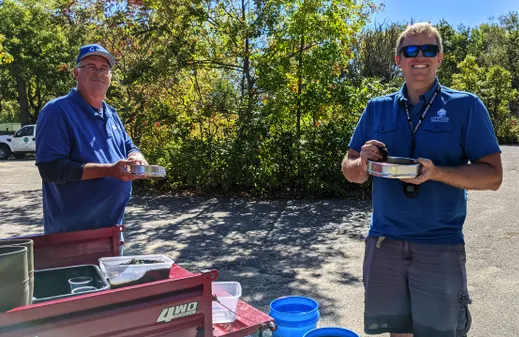
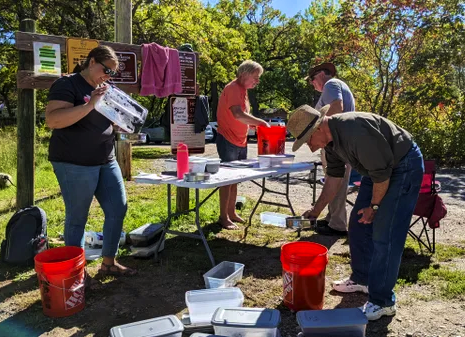
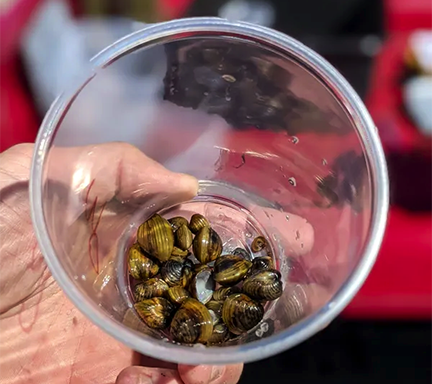
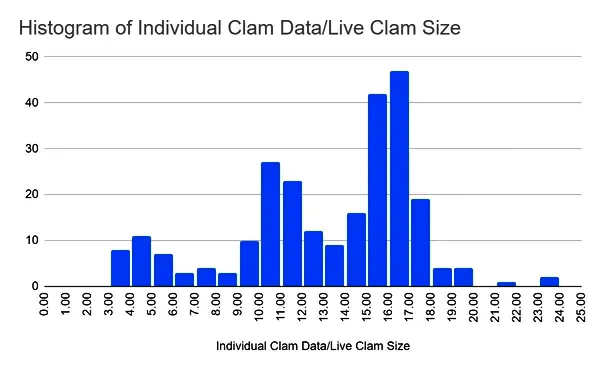

Zebra Mussels
This aquatic animal so far has not been found in the Briggs Lake Chain, however has been found elsewhere in Sherburne County.
It is a D-shaped, striped mussel that attaches to surfaces such as rocks, wood, boat lifts, docks and stationary items under the water.
They feed on algae and also filter water, but zebra mussels can multiply to such an extent that they cover surfaces completely and can clog water intakes or motors of moored watercraft. They are also sharp so bare feet can get cut.
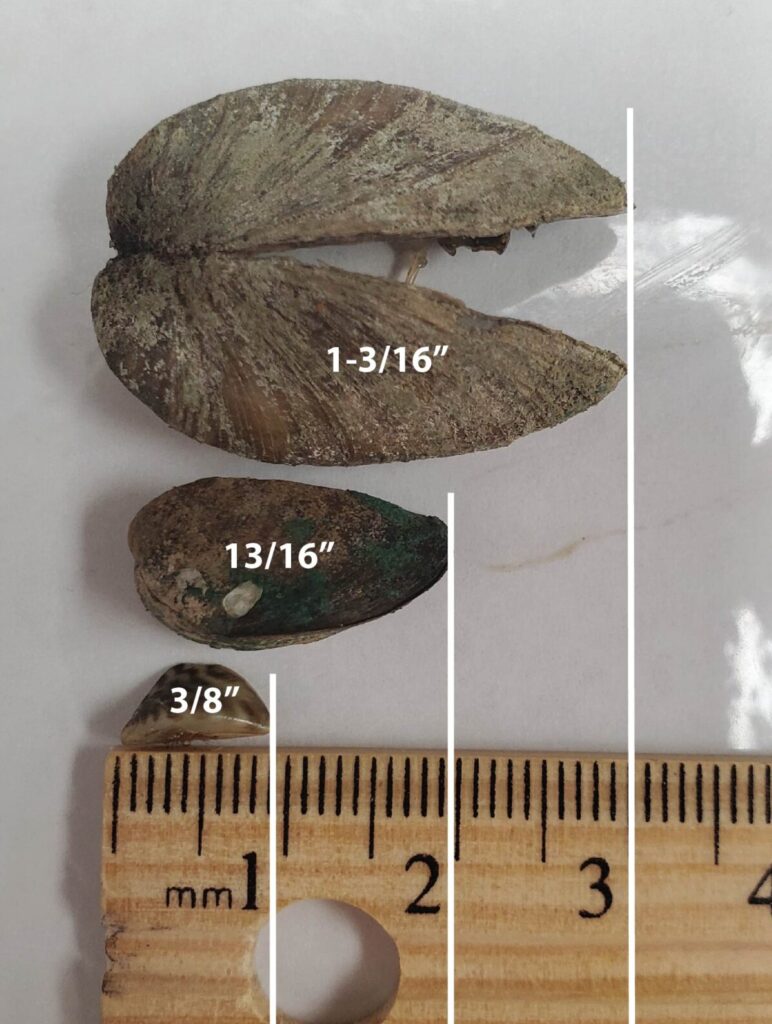
To identify Zebra Mussels, please see the DNR’s page at:
https://www.dnr.state.mn.us/invasives/aquaticanimals/zebramussel/index.html
Monitoring
Sherburne SWCD has provided zebra mussel collecting platforms to the Briggs Lake Chain to monitor for adults. These are hung off docks or lifts and checked periodically to see if any animals have attached.
Check your docks, lifts and other structures in the fall.
Carp Management
The common carp is very destructive and pulls up vegetation, causing muddy water and releasing phosphorus. This decreases water quality.
For more information, please see:
https://www.dnr.state.mn.us/invasives/aquaticanimals/commoncarp/index.html
